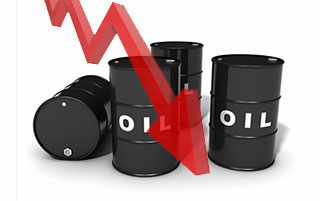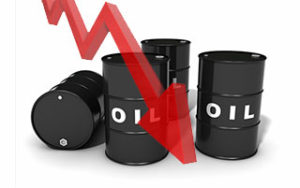As expected, oil is giving back some of its gains. OPEC’s recent deal to curb production and keep it within the 32.5 and 33 million barrels of oil per day, was the main driver behind the recent surge that saw WTI prices touching 15 month highs. Nevertheless, OPEC is widely known for consistently exceeding self-imposed production quotas. This, and other factors have contributed to the dip, that may not become as accentuated as the ones seen previously throughout the year, but could well keep prices at or even below the $50 USD mark.
Oil prices could fall back even further especially if the Fed hikes rates. A stronger US Dollar coming from tightening monetary policy, should impact oil prices negatively. This is due to the fact that oil is traded in US Dollars, so if the greenback is stronger the price of oil has to react accordingly. This, added to the fact that OPEC’s deal may fall short, due to increasing production in Libya, Nigeria and Iran, could see WTI finishing the year right around or slightly below the $50 USD mark.
Non-OPEC production is also a very important factor to keep an eye on, beyond OPEC’s ability to abide by its production targets. Increased output from OPEC countries that faced previous impediments is a concern, but Russian output, as well as US shale and even Canadian or Latin American capacity should also play a role. While Russia has signaled that it would be willing to curtail or at least freeze its output at current levels, US producers are just waiting for sustained prices above $50 USD to start producing again.
This could put further downward pressures on the price of oil and shifting oil revenues from OPEC members to non OPEC members while keeping prices down. The only real hope for oil producing nations is therefore an increase in demand. Until this happens, oil will likely keep having short rallies and will probably stay around the price it is trading now at.






